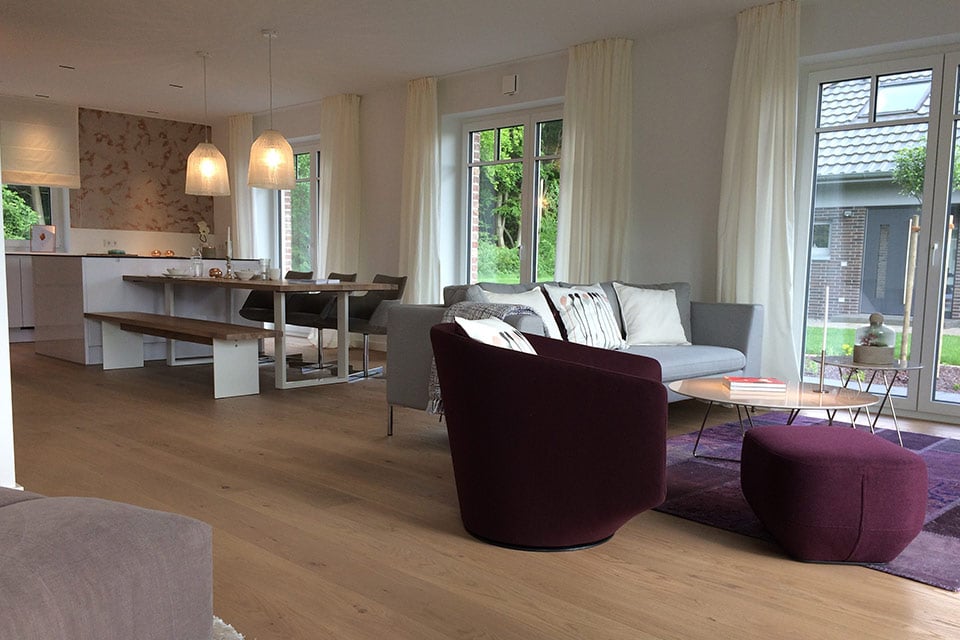Lighting Wattage for Living Room: What You Need to Know
Your living room is often the central gathering space in your home, and having the right lighting can make all the difference in creating a warm and inviting atmosphere. But with so many options and varying wattages, it can be overwhelming to determine the best lighting for your living room. In this article, we'll break down everything you need to know about lighting wattage for your living room, so you can create the perfect ambiance for any occasion.
How to Calculate the Right Lighting Wattage for Your Living Room
When it comes to choosing the right lighting wattage for your living room, there are a few key factors to consider. The size of your living room, the natural light sources available, and the type of activities that take place in the space all play a role in determining the appropriate wattage. As a general rule, you'll want to aim for around 20 lumens per square foot of space for ambient lighting, and 50 lumens per square foot for task lighting.
Choosing the Best Lighting Wattage for Your Living Room
Now that you know how to calculate the appropriate wattage for your living room, it's time to choose the type of lighting that will best suit your space. LED lights are a popular choice for their energy efficiency and long lifespan, while halogen and incandescent bulbs offer a warmer, more traditional glow. Consider the size and layout of your living room when choosing the type of lighting, as well as your personal preferences for brightness and color temperature.
Lighting Wattage Recommendations for a Cozy Living Room
If you're looking to create a cozy and intimate atmosphere in your living room, you'll want to opt for lower wattage bulbs and softer lighting. This can be achieved through the use of dimmer switches or choosing bulbs with a lower wattage, such as 40 watts or less. You can also incorporate accent lighting, such as table lamps or wall sconces, for a warm and inviting ambiance.
Maximizing Energy Efficiency with the Right Lighting Wattage for Your Living Room
With the rising cost of energy, it's important to consider the energy efficiency of your lighting choices. LED bulbs are the most energy-efficient option, using up to 90% less energy than traditional incandescent bulbs. They also have a longer lifespan, making them a cost-effective choice in the long run. Additionally, using dimmer switches can help conserve energy and allow you to adjust the lighting to your desired level.
Creating the Perfect Ambiance with the Right Lighting Wattage for Your Living Room
Lighting can have a significant impact on the overall ambiance of your living room. Brighter, cooler lighting can create a more energetic and lively atmosphere, while warmer, dimmer lighting can promote relaxation and coziness. Consider using a combination of lighting options, such as overhead lights and lamps, to create a layered and dynamic ambiance in your living room.
Understanding Lumens and Watts for Optimal Lighting in Your Living Room
When it comes to choosing the right wattage for your living room, it's important to understand the difference between lumens and watts. Lumens measure the amount of light emitted from a bulb, while watts measure the amount of energy the bulb uses. While higher wattage bulbs may emit more light, they also consume more energy. Pay attention to the lumens when choosing the right lighting for your living room, rather than solely focusing on wattage.
How to Adjust Lighting Wattage for Different Activities in Your Living Room
Your living room is a multi-functional space, used for relaxing, entertaining, and various activities. To accommodate these different needs, it may be necessary to adjust the lighting wattage. For example, when watching a movie, you'll want to lower the lighting to avoid glare on the TV screen. On the other hand, when reading or doing a task, you may need to increase the lighting for better visibility. Having dimmer switches or adjustable lamps can make it easy to customize the lighting for different activities.
Lighting Wattage for Living Room: Common Mistakes to Avoid
While it's important to choose the right lighting wattage for your living room, there are also some common mistakes to avoid. One mistake is using overly bright lighting, which can create a harsh and uncomfortable atmosphere. Another mistake is not having enough lighting, which can make the living room feel dark and unwelcoming. Be sure to strike a balance and consider the overall atmosphere you want to create in your living room.
Finding the Right Balance: Combining Natural and Artificial Lighting Wattage in Your Living Room
In addition to artificial lighting, natural light is also an important factor to consider in your living room. Utilizing natural light sources, such as windows and skylights, can help reduce the need for artificial lighting and create a more natural and inviting space. Be sure to take into account the natural light available in your living room when determining the appropriate lighting wattage, and aim for a balance between natural and artificial light for the most optimal results.
In conclusion, choosing the right lighting wattage for your living room is essential in creating a comfortable, functional, and inviting space. Consider the size and layout of your living room, as well as the type of activities that take place in the space, when determining the appropriate wattage. By understanding the different lighting options and their effects, you can create the perfect ambiance for any occasion.
The Importance of Choosing the Right Lighting Wattage for Your Living Room

Creating the Perfect Atmosphere
 When it comes to designing a house, one of the most important elements to consider is lighting. Not only does it serve as a functional purpose, but it also has the power to enhance the aesthetic appeal of your living space. One crucial factor in achieving the perfect lighting for your living room is choosing the right
wattage
. The
wattage
of your light bulbs can greatly affect the overall ambiance, mood, and functionality of your living room.
When it comes to designing a house, one of the most important elements to consider is lighting. Not only does it serve as a functional purpose, but it also has the power to enhance the aesthetic appeal of your living space. One crucial factor in achieving the perfect lighting for your living room is choosing the right
wattage
. The
wattage
of your light bulbs can greatly affect the overall ambiance, mood, and functionality of your living room.
Lighting Wattage 101
 Before delving into the ideal
wattage
for your living room, it is essential to understand what
wattage
is and how it affects your lighting.
Wattage
is the measure of the amount of energy a light bulb consumes. The higher the
wattage
, the brighter the light. However, this does not necessarily mean that a higher
wattage
is always better. In fact, using a higher
wattage
than necessary can lead to excessive energy consumption, resulting in higher electricity bills.
Before delving into the ideal
wattage
for your living room, it is essential to understand what
wattage
is and how it affects your lighting.
Wattage
is the measure of the amount of energy a light bulb consumes. The higher the
wattage
, the brighter the light. However, this does not necessarily mean that a higher
wattage
is always better. In fact, using a higher
wattage
than necessary can lead to excessive energy consumption, resulting in higher electricity bills.
The Right Wattage for Your Living Room
 When choosing the
wattage
for your living room, it is important to consider the size and purpose of the space. For a small living room, using
wattage
between 40-60 watts would be sufficient. This will provide enough light for everyday activities such as reading or watching TV. On the other hand, for a larger living room or one with a high ceiling, a
wattage
of 60-100 watts may be more suitable to ensure proper illumination.
When choosing the
wattage
for your living room, it is important to consider the size and purpose of the space. For a small living room, using
wattage
between 40-60 watts would be sufficient. This will provide enough light for everyday activities such as reading or watching TV. On the other hand, for a larger living room or one with a high ceiling, a
wattage
of 60-100 watts may be more suitable to ensure proper illumination.
Creating the Right Atmosphere
 Aside from the functional aspect, the
wattage
of your living room also plays a crucial role in creating the right atmosphere. A higher
wattage
can result in a brighter and more energetic space, while a lower
wattage
can create a softer and more relaxed ambiance. Consider using dimmer switches to adjust the
wattage
of your lights and create different moods for different occasions.
Aside from the functional aspect, the
wattage
of your living room also plays a crucial role in creating the right atmosphere. A higher
wattage
can result in a brighter and more energetic space, while a lower
wattage
can create a softer and more relaxed ambiance. Consider using dimmer switches to adjust the
wattage
of your lights and create different moods for different occasions.
Final Thoughts
 Choosing the right
wattage
for your living room lighting is crucial in achieving the desired atmosphere and functionality. It is also important to keep in mind that using energy-efficient light bulbs with lower
wattage
can not only save you money in the long run but also contribute to a more sustainable lifestyle. So be sure to take the time to carefully consider the
wattage
when designing the lighting for your living room.
Choosing the right
wattage
for your living room lighting is crucial in achieving the desired atmosphere and functionality. It is also important to keep in mind that using energy-efficient light bulbs with lower
wattage
can not only save you money in the long run but also contribute to a more sustainable lifestyle. So be sure to take the time to carefully consider the
wattage
when designing the lighting for your living room.




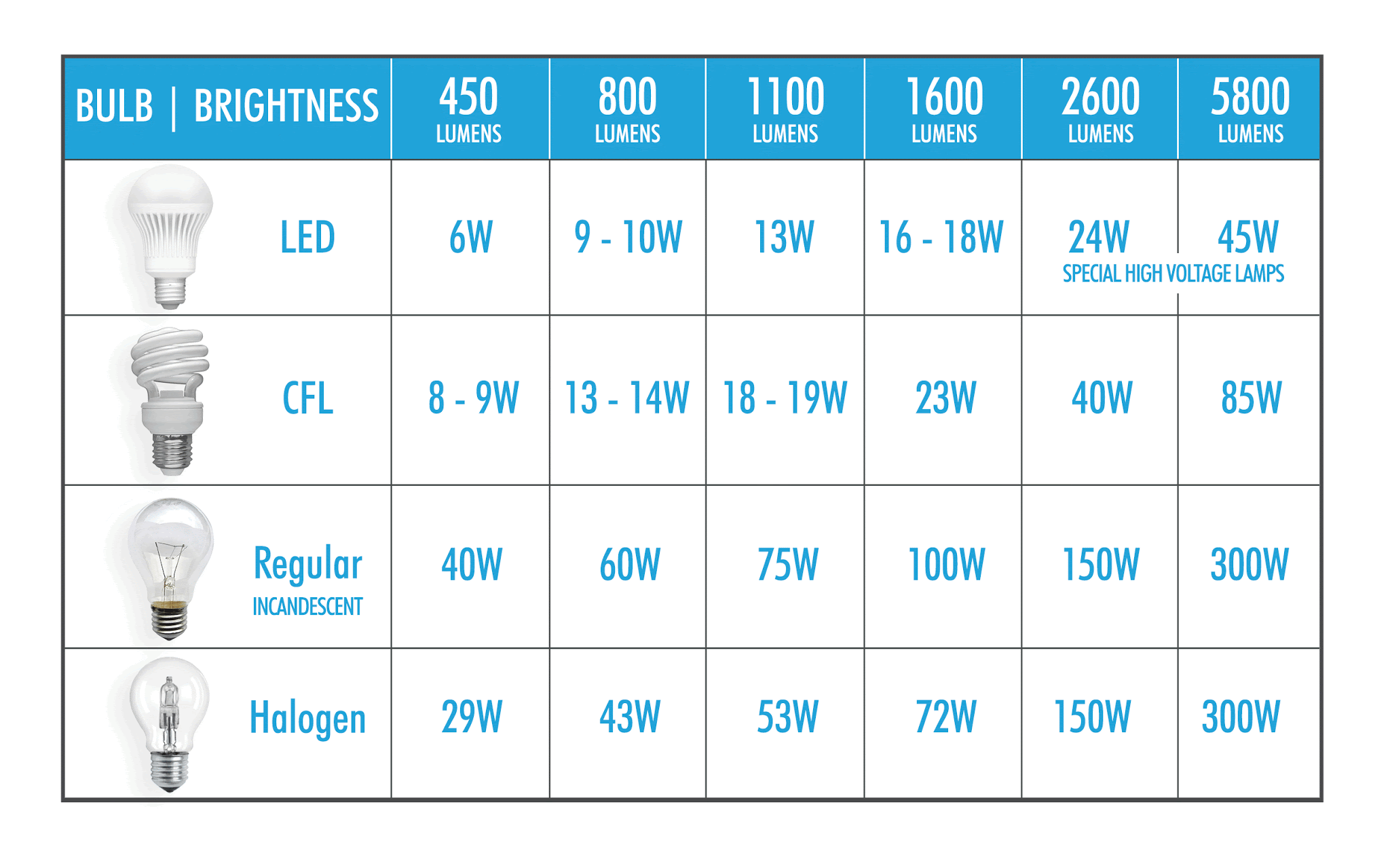


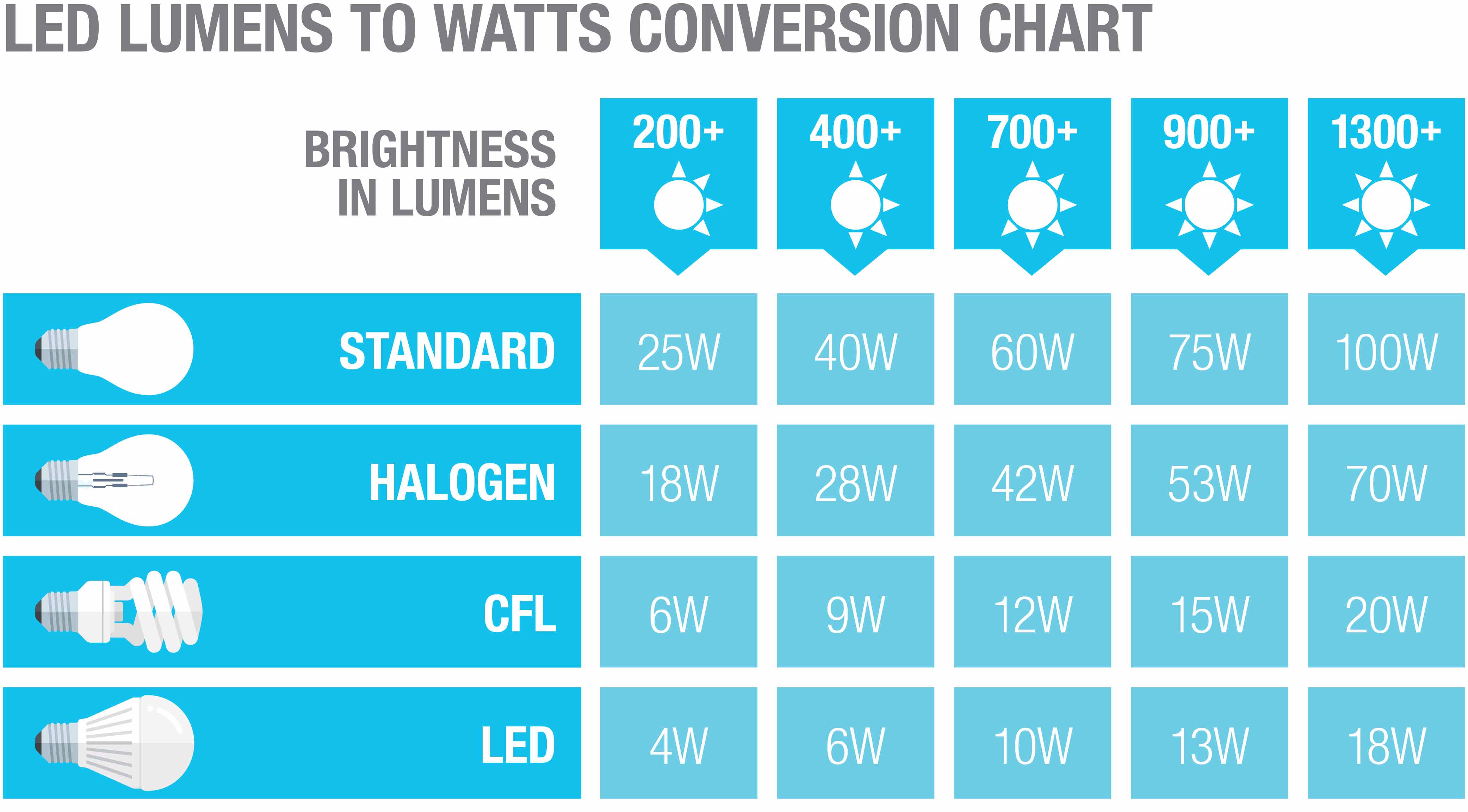
/living-room-lighting-ideas-4134256-01-2f070b6071444f1197ad5ca56d9e6678.jpg)




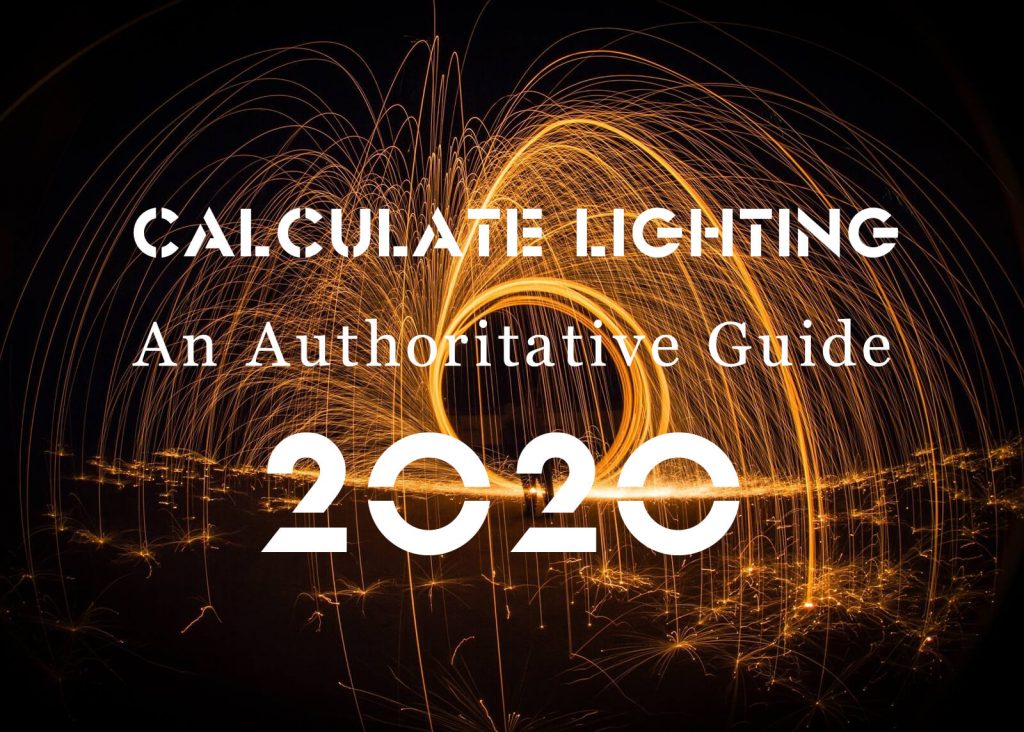
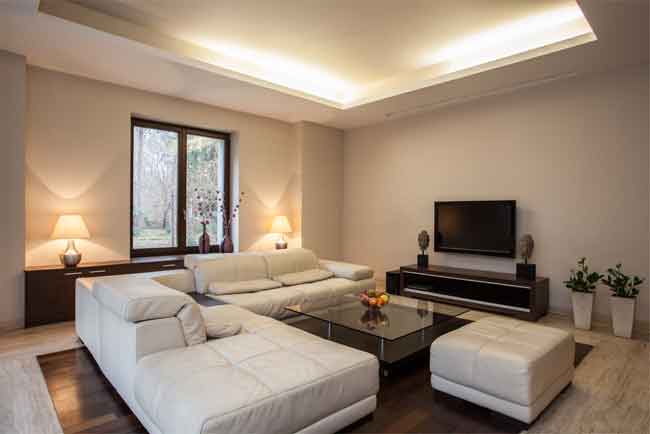

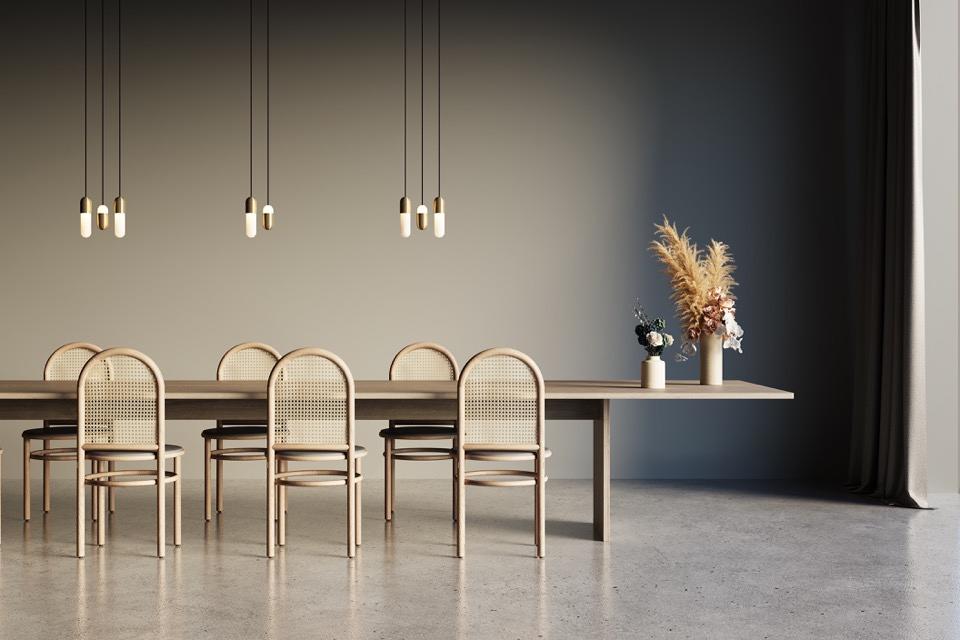

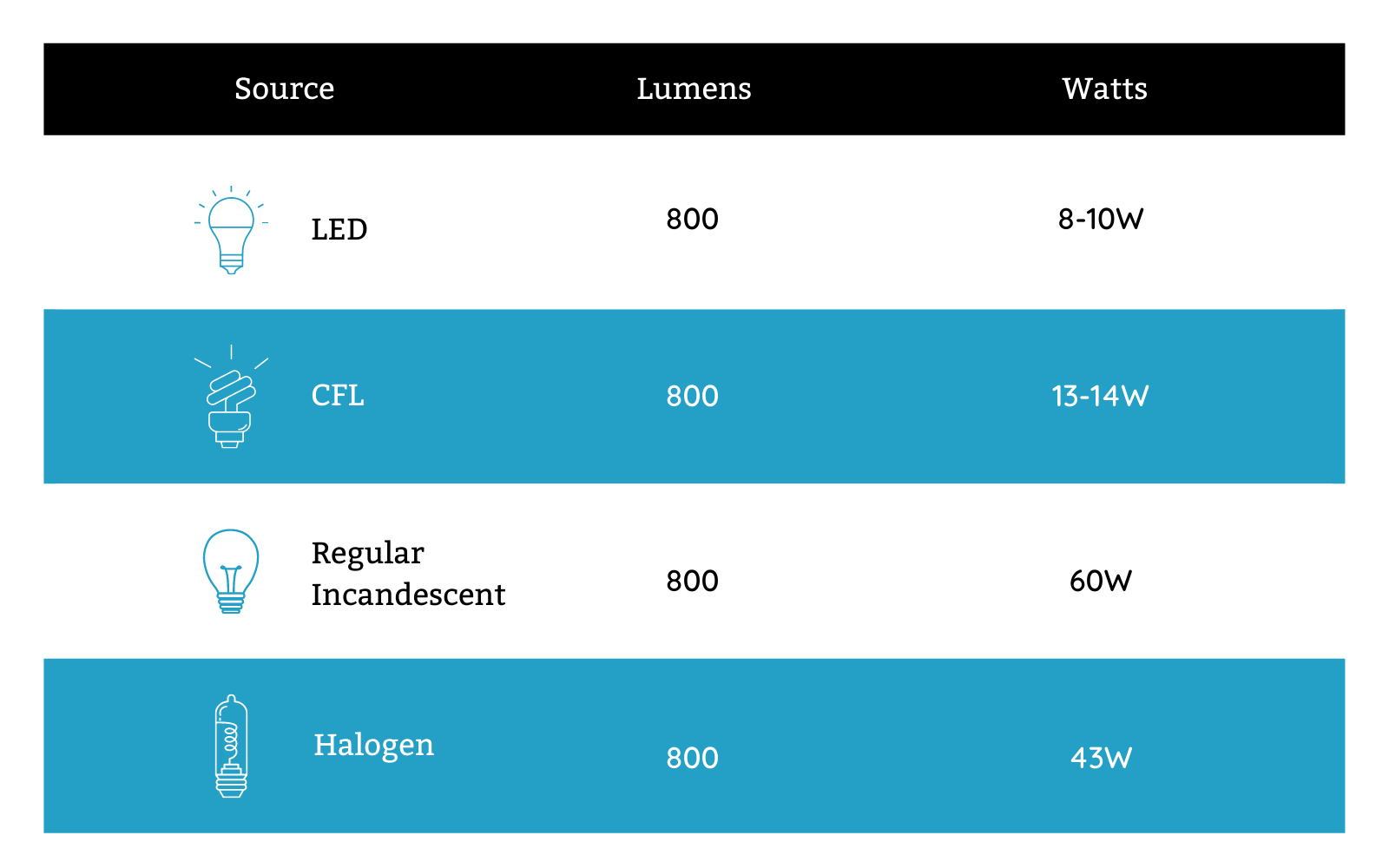
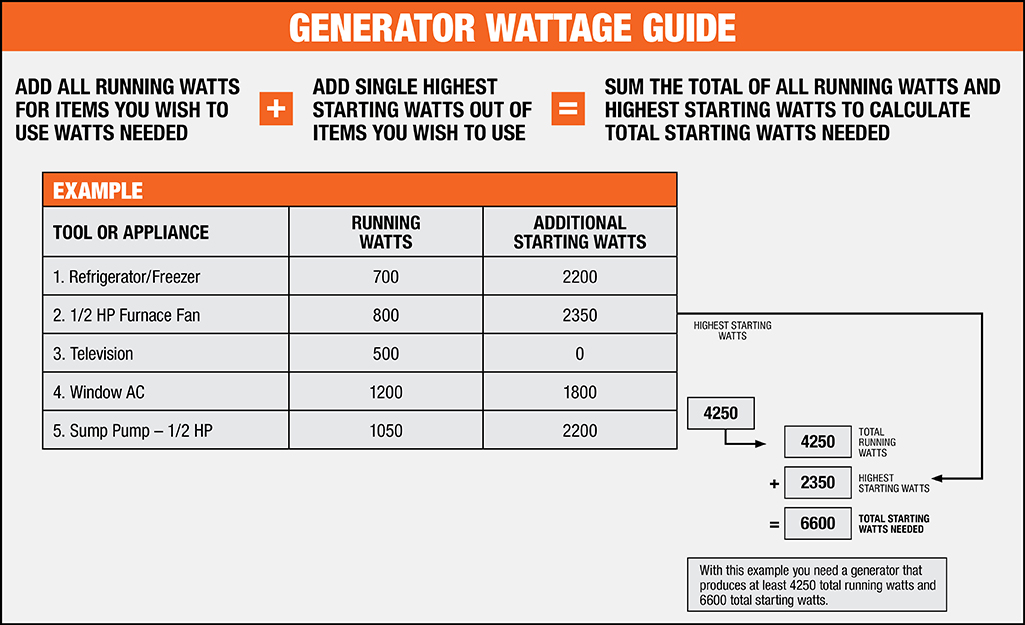

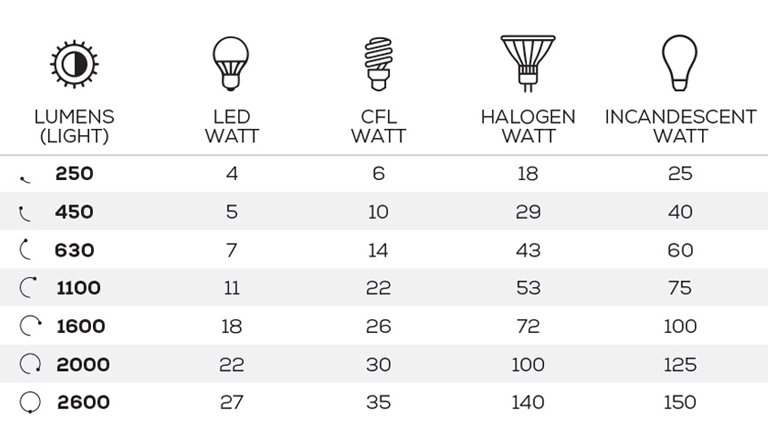
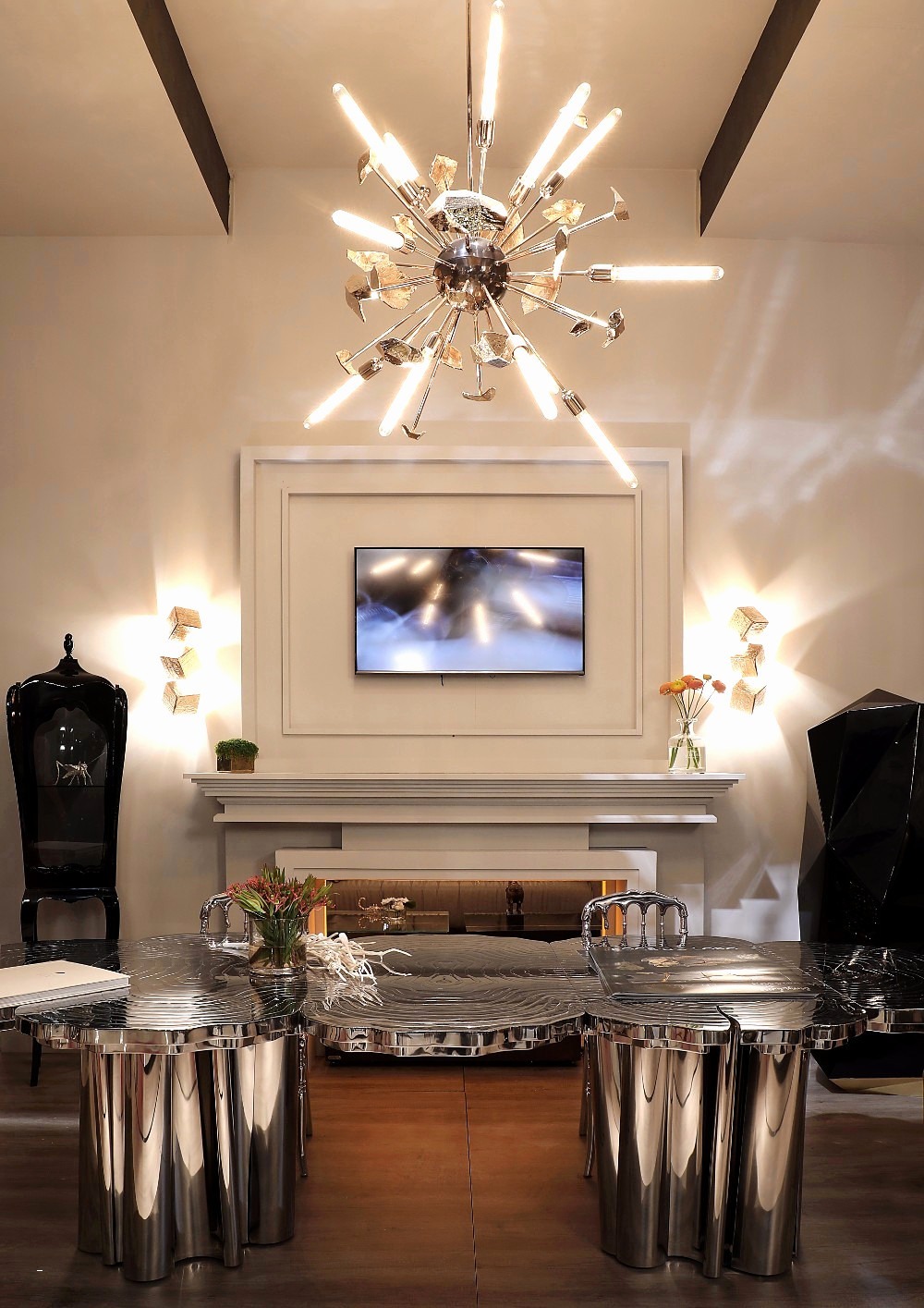
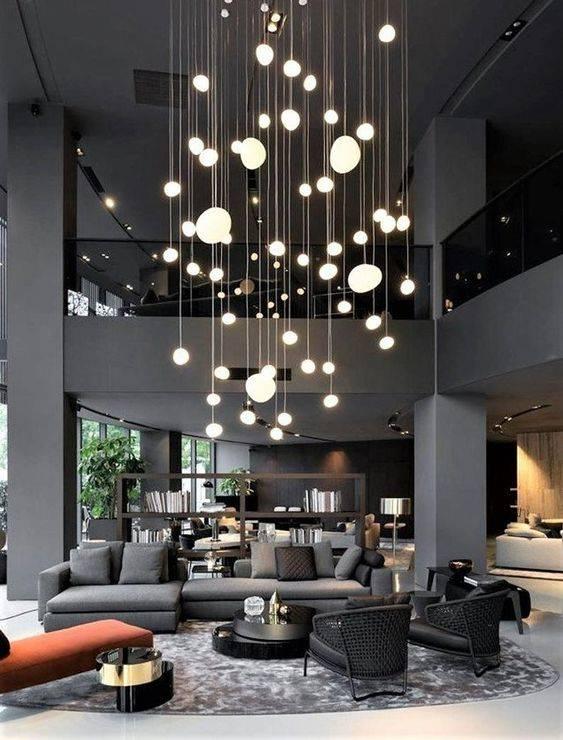







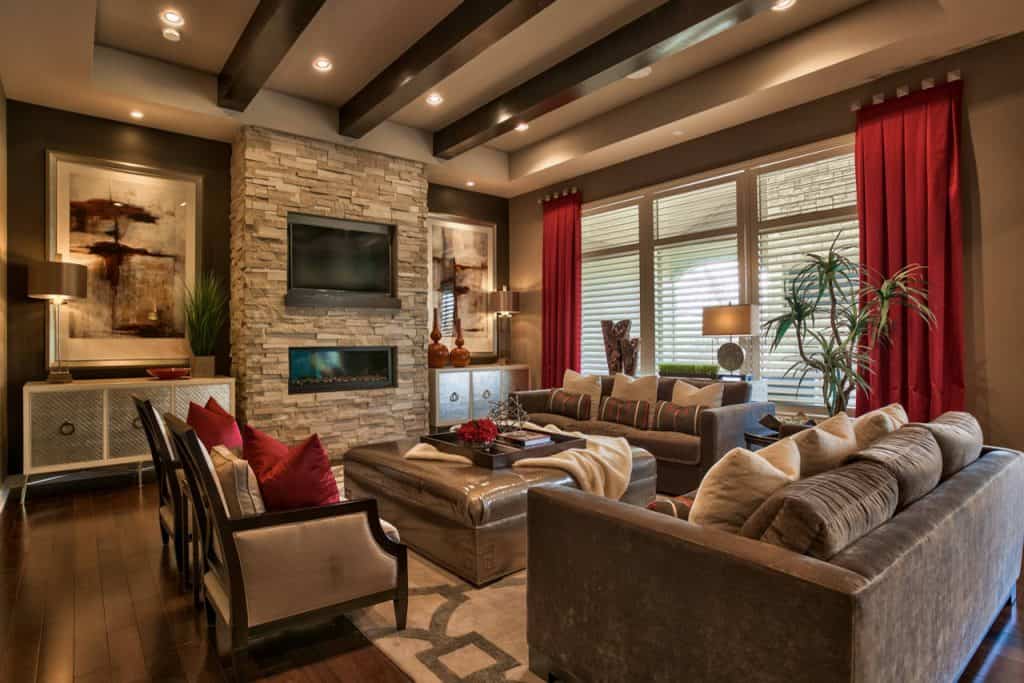
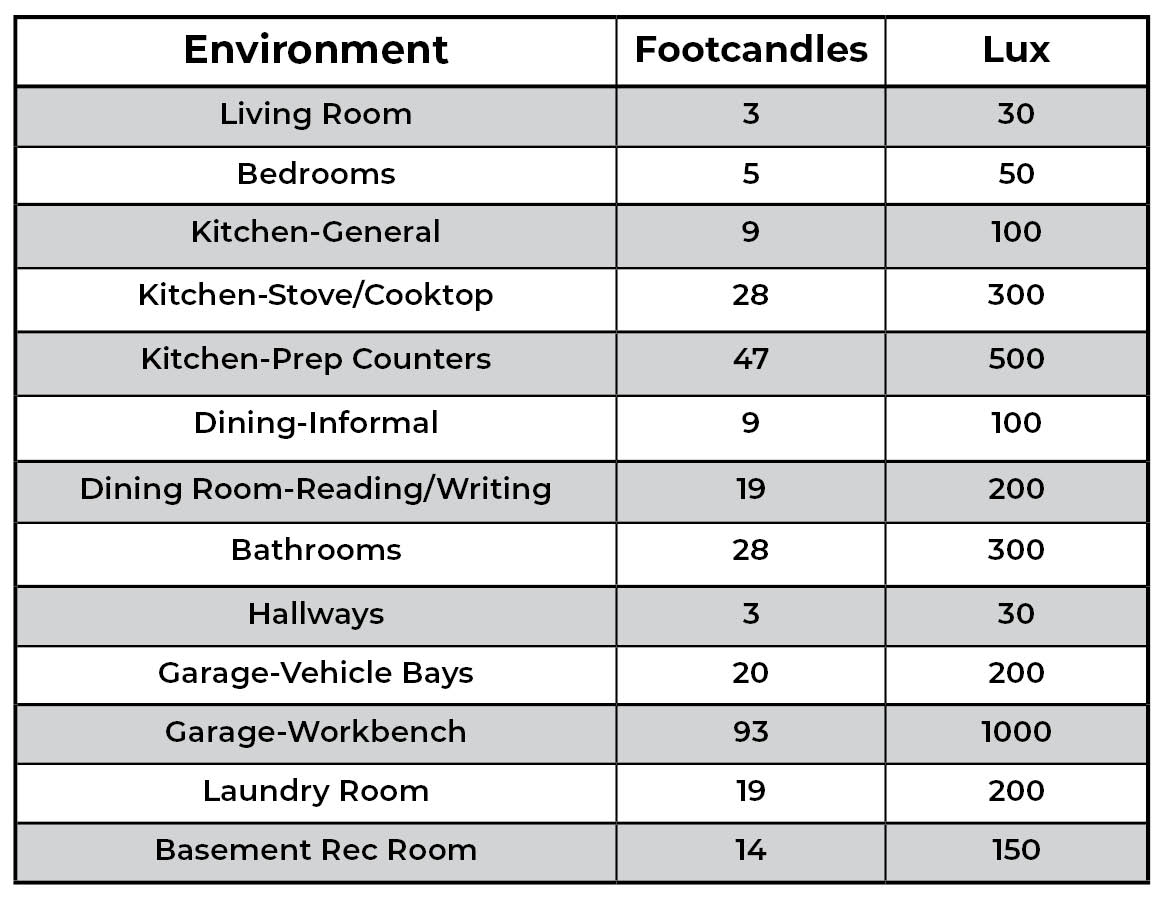



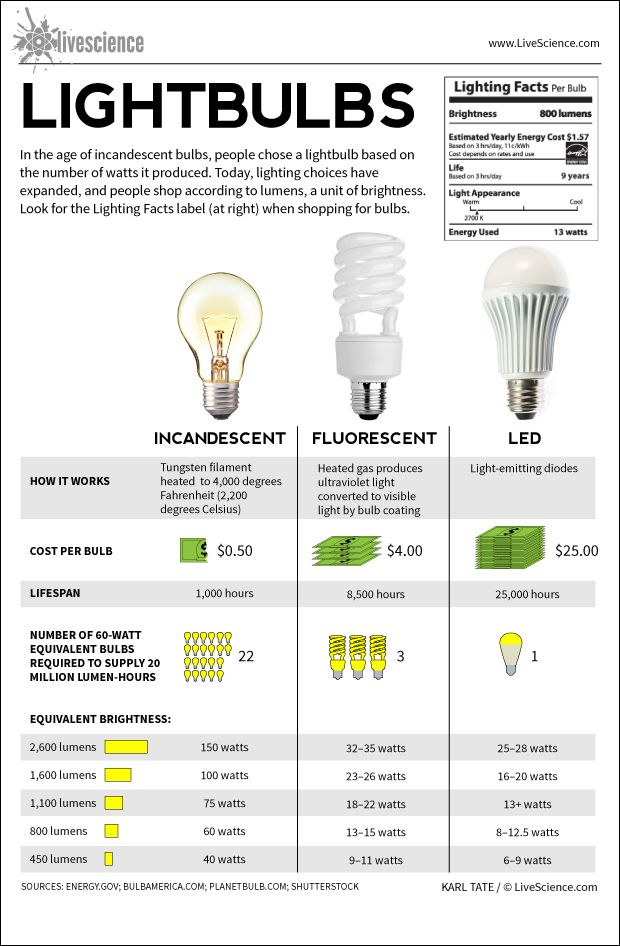




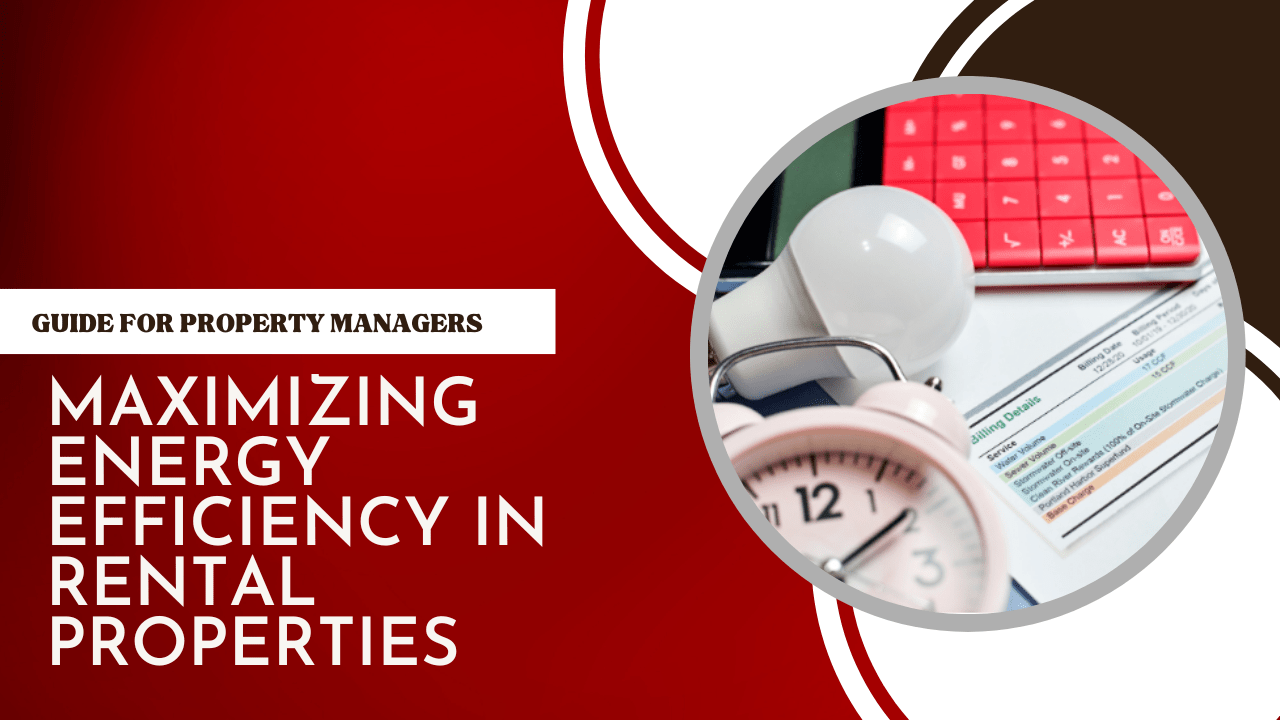









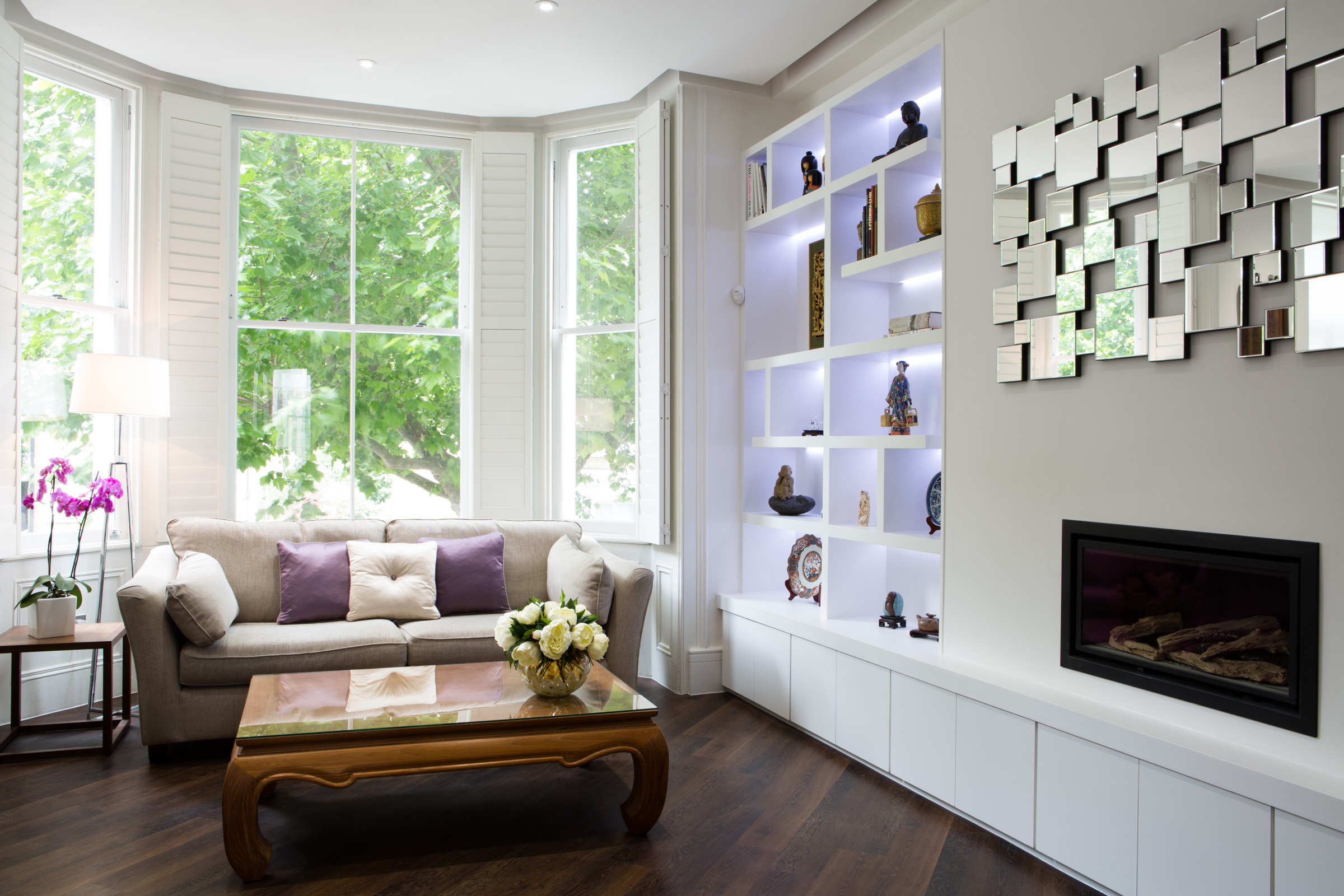




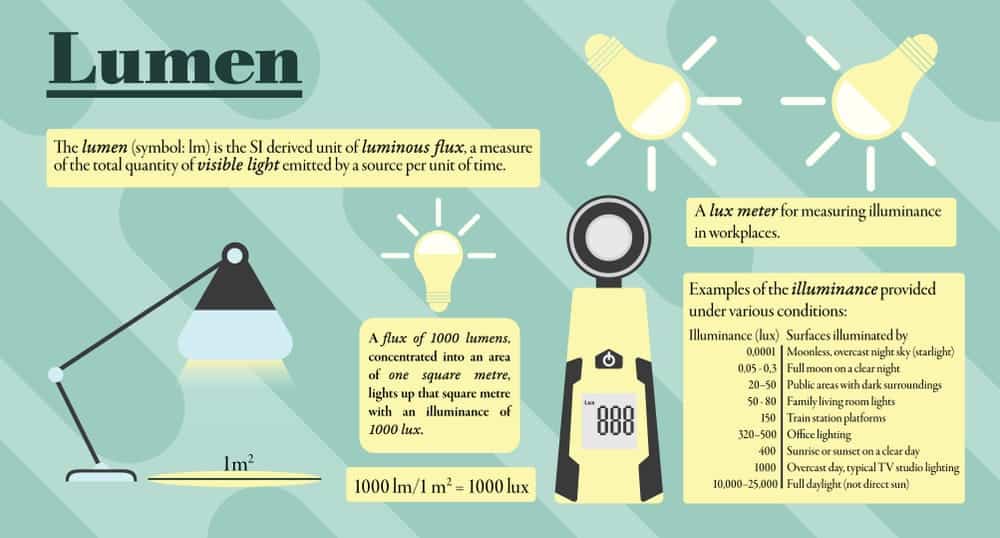





:max_bytes(150000):strip_icc()/living-room-area-rugs-1977221-e10e92b074244eb38400fecb3a77516c.png)


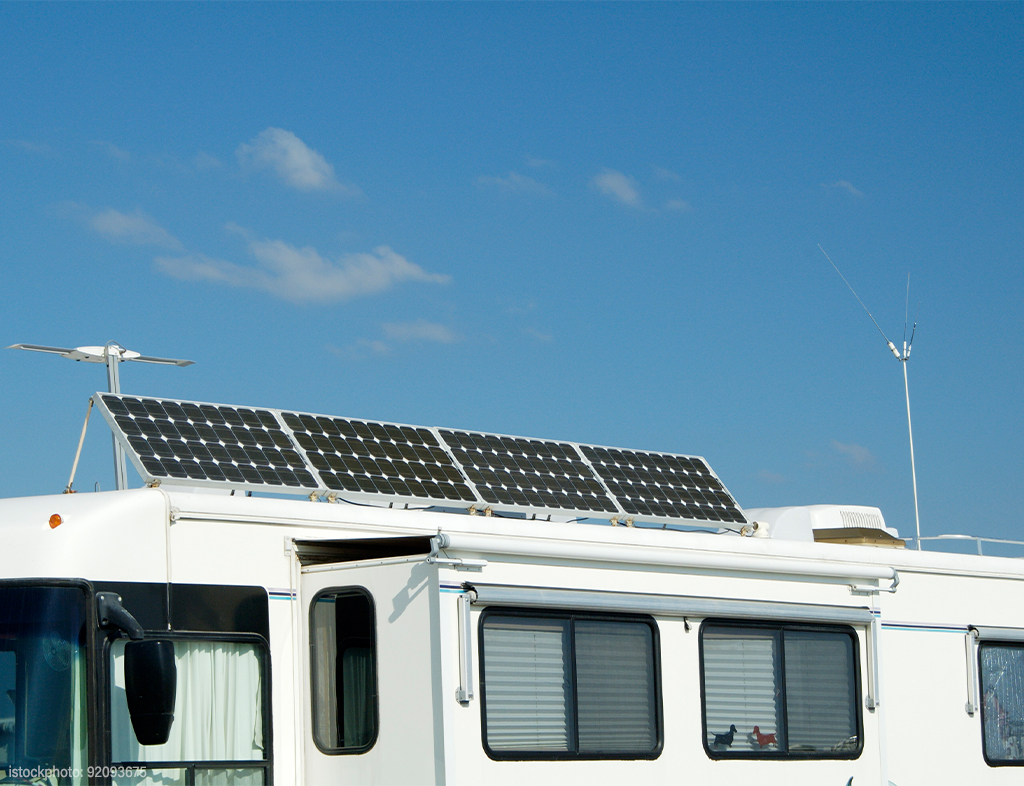




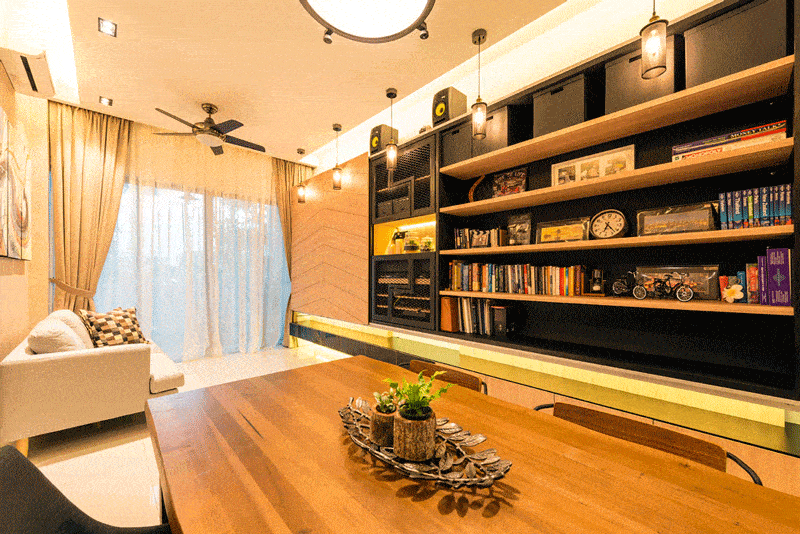


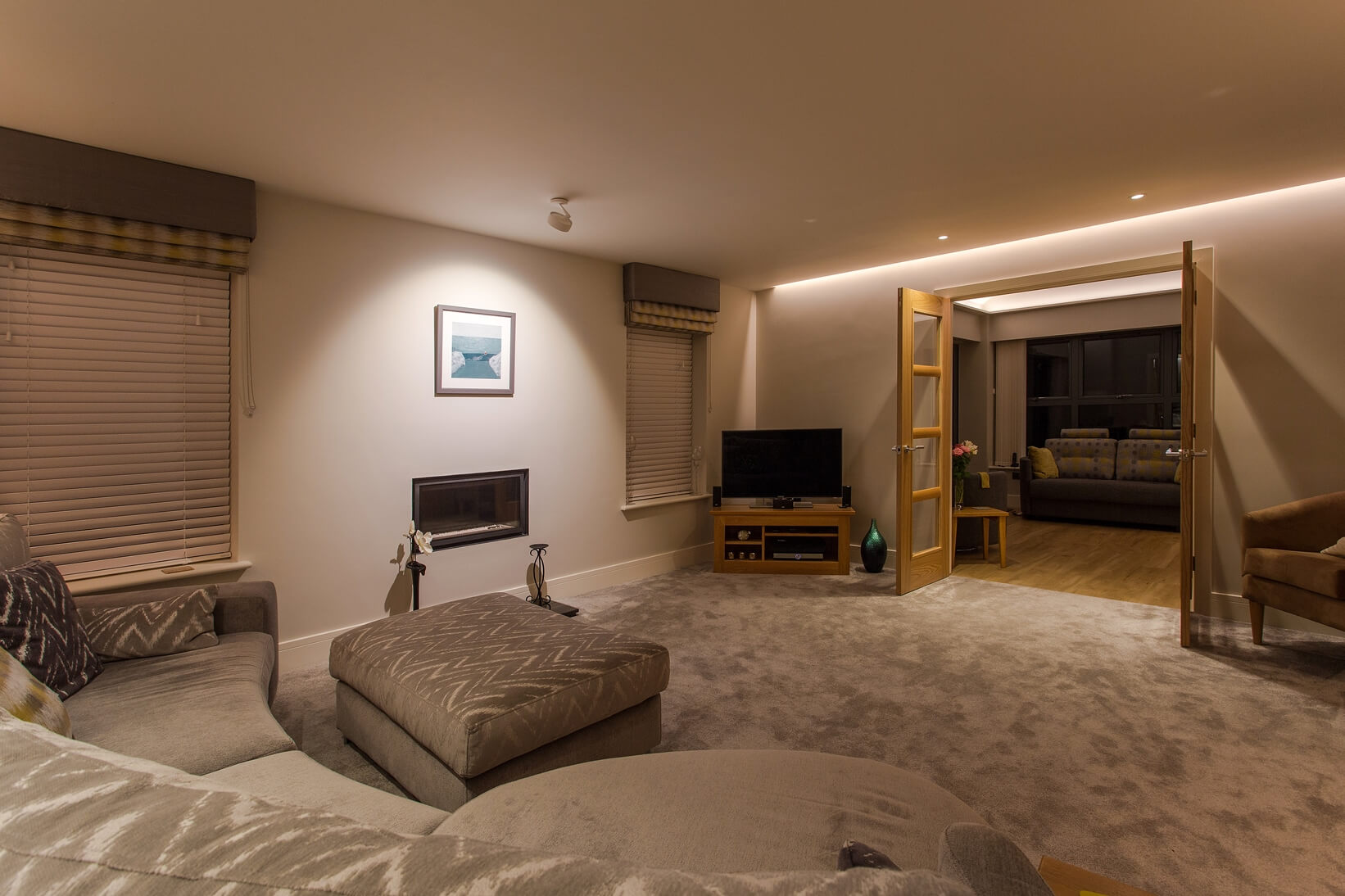




/grey-walls-turquoise-furniture-8005b71f-0f466e27e01c41edac57c4de38d4d8be.jpg)






